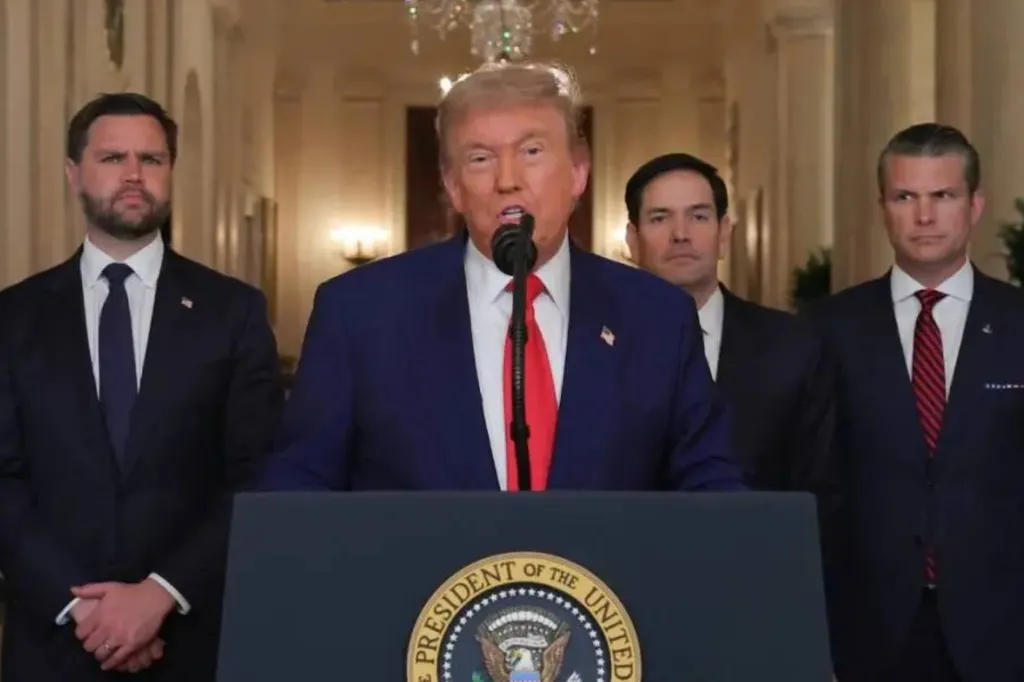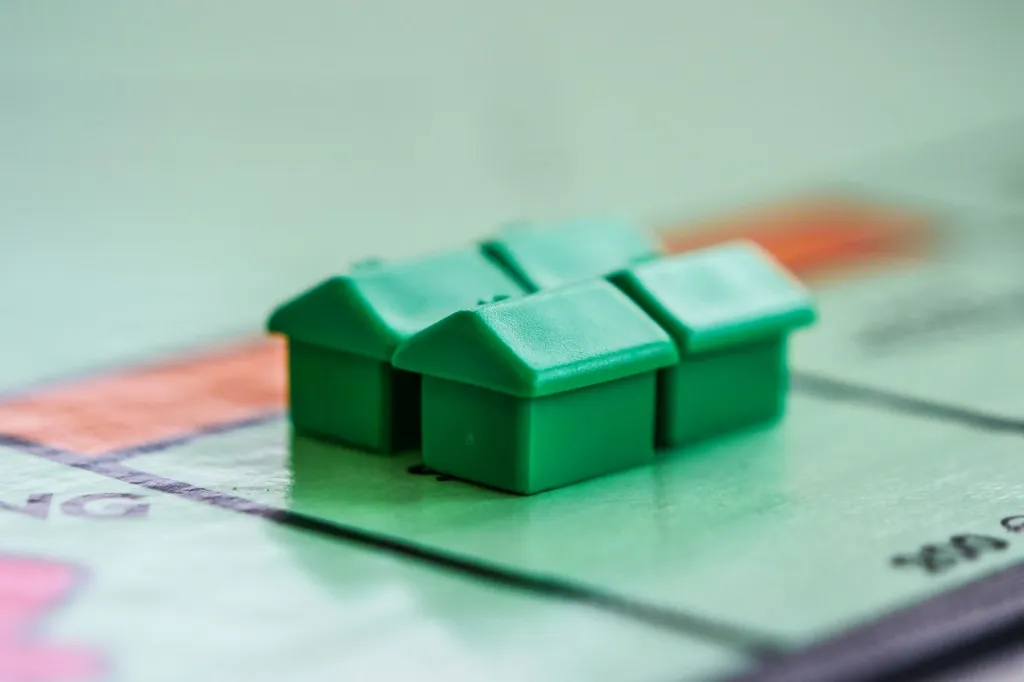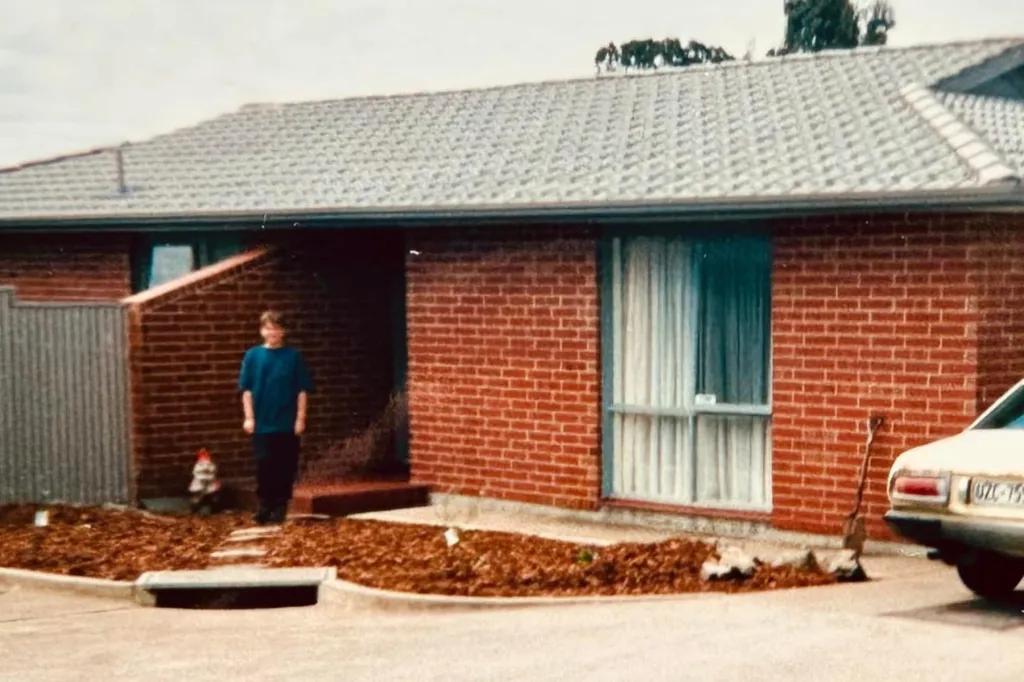Which party is the more competent economic manager – Labor or Liberal?

As we enter a new year, the forthcoming election is quite close and will dominate political discussion for the next few months.
For many of us who are reasonably secure and relatively well off, our votes will be determined by issues such as the environment, the integrity of government, and what we think is needed for a fair and cohesive society.
But that is not what matters most for the majority.
As was famously quipped back in the Clinton era in the United States, “it’s the economy, stupid” that will determine the result of the next election, with inflation and the associated cost-of-living crisis being the acid test of economic management.
The Coalition like to sell themselves as the better economic managers, and according to the opinion polls, the majority of electors believe them. But what does the evidence say?
Inflation and the cost of living
Since the Albanese Government was elected in May 2022, the rate of inflation, as measured by the consumer price index has averaged 4.1 per cent per year. That is distinctly more than the target rate of 2 to 3 per cent.
However, at the time of the election, inflation as measured by the annual increase in the CPI for the June quarter of 2022 was already as high as 6.1 per cent, and this peaked at 7.8 per cent in the December quarter of that year.
As is universally recognised, inflation only responds to policies after a lag. Accordingly, it is arguably the Coalition that should take the blame for that peak inflation rate.
In retrospect, at least, the fiscal support offered by the Coalition Government to support employment during the Covid epidemic was excessive, and nothing was done to claw back those excesses. Also, the Reserve Bank was too slow to start raising interest rates.
Now, after two and a half years of the Labor Government, the most recent data show that the annual increase in the CPI for the September quarter was only 2.8 per cent and only 2.1 per cent for the 12 months ending in October 2024.
You might like
Despite a slight bump to 2.3 per cent in the November quarter, on the face of it, inflation is therefore back in its target range.
The RBA’s preferred measure of inflation is, however, the so-called trimmed mean, which removes the influence of volatile prices.
Over the year to the November quarter 2024, that trimmed mean increased by 3.2 per cent, which means that according to the RBA inflation may still not be quite back in the target range yet.
But the increase in the trimmed mean for the preceding June quarter was 4.0 per cent, so even the RBA must acknowledge that inflation is coming back to its target quite rapidly and may well be there by now.
Furthermore, given the lags before a change in interest rates impacts on the economy, many economists, including me, are saying that the RBA should cut interest rates now – a point that I will come back to below.
Labor’s fiscal policy
The Opposition is saying that the government should have got inflation down faster by cutting expenditure and running a tighter fiscal policy.
The obvious response by the government is that it has run surplus budgets for its first two years, something the Coalition never managed to do, despite its confident claim in 2018-19 that “the budget is back in the black” when it wasn’t. Also, even though this financial year a budget deficit is expected, at 1.0 per cent of GDP, this deficit will be smaller than almost every year under the previous Coalition governments from the Abbott Government onwards.
As the RBA itself puts it, the authorities are presently trying to stay on a narrow path while bringing inflation down, but avoiding a recession.
As noted, inflation is almost back to its target range, while unemployment is still below 4 per cent, at 3.9 per cent in November, and more than one million jobs have been created since Labor took office. Thus, on the evidence so far, it would seem that Labor has got the fiscal balance about right.
Labor’s fiscal strategy has been to provide very tightly targeted budget assistance to those most in need by increasing rent assistance, making medicines cheaper and boosting bulk billing, providing energy bill relief, and improving access to childcare to help lift female workforce participation.
In addition, the government has rejigged the Coalition’s proposed Stage 3 tax cuts so that everyone benefitted, not just the top 10 per cent of high-income earners, and at no cost to the budget.
More generally, apart from these specific measures to address the most pressing cost of living pressures, the increase in government expenditure under Labor has arguably been a good thing.
There is plenty of evidence that many government services, such as health, education, welfare and the arts, were underfunded under previous Coalition governments, as they tried to restore the budget balance without increasing taxation while avoiding any major policy changes to spending programs.
Furthermore, budget outlays are not high in Australia compared to other advanced democracies.
Because of different constitutional arrangements, international comparisons are best made for the government sector as a whole, so that they are not affected by differing state and local government responsibilities.
Stay informed, daily
On this basis, government outlays at 38.9 per cent of GDP in 2024 are lower in Australia than in all but three of 33 other OECD countries, with the exceptions being Ireland, South Korea and Switzerland. This hardly suggests excessive public expenditure in Australia.
The Coalition’s fiscal policy
The question that then arises is what would the Coalition do to reduce government outlays?
So far they have not announced any policies to this effect, other than to reduce the number of public servants, possibly by as much as 36,000. However, that would make very little difference to total public expenditure.
Even if these public servants were not largely replaced by more expensive consultants, the gross saving would only amount to at most 2.5 per cent of total Australian Government spending and would come at an enormous cost to the availability of government services.
In short, as I have previously concluded, “it is difficult to think that savings in administration costs of more than 1 per cent of budget outlays are possible”.
Apart from these proposed staff cuts, the only other significant economic policy the Coalition has announced is their proposed taxpayer-financed investment in nuclear energy.
According to Peter Dutton, the cost of his proposed nuclear energy system will be as much as $331 billion, but all the expert advice is that this will be inadequate.
First, while Dutton has not supplied details of how much it will cost to install the nuclear reactors, the Coalition’s modelling assumes a cost of $10 billion per gigawatt for large-scale nuclear reactor construction.
International experience suggests that actual construction costs could be between 1.5 and almost three times the Coalition figure. On this basis, an alternative estimate by the Institute for Energy Economics and Financial Analysis suggests that the actual construction costs to build the nuclear reactors alone could exceed $300 billion.
Second, Dutton’s planned investment will result in the supply of electricity falling as much as 40 per cent short of electricity demand in 2050 as forecast by the expert Australian Energy Market Operator.
If the share of nuclear energy remains the same, then making up this shortfall would increase the construction cost of the nuclear reactors from more than $300 billion to something closer to $450 billion.
In other words, the cost of the Coalition’s plans for building nuclear reactors will represent a huge addition to budget outlays and will blow a huge hole in the budget. Furthermore, this is unnecessary.
Under Labor, future renewable energy supplies will mainly be provided and financed by the private sector because private investors can see the economic opportunities.
On the other hand, Dutton knows that no private investor will invest in nuclear energy, precisely because it is not economic, and that is why he is relying on taxpayer finance instead.
Frankly, this should be called out as the ultimate in economic mismanagement. And to think this comes from a political party that used to espouse the virtues of markets and private investment!
Conclusion
When the track records and respective economic policies of Labor and the Coalition are compared, there is no doubt that Labor offers a better prospect of successfully bringing inflation down and reducing the cost of living.
Furthermore, there is a good chance that interest rates will start to fall soon and that will bring significant relief to those most affected by rising living costs.
For example, two interest rate cuts of 0.25 per cent before the election would reduce the payments on a $600,000 mortgage by $180 a month. That would make a very substantial difference to many families and could affect voting patterns in the outer-suburban electorates that Dutton is targeting most.
Michael Keating is a former Secretary of the Departments of Prime Minister and Cabinet, Finance and Employment, and Industrial Relations. He is presently a visiting fellow at the Australian National University.
This article first appeared in Pearls and Irritations. Read the original here.




